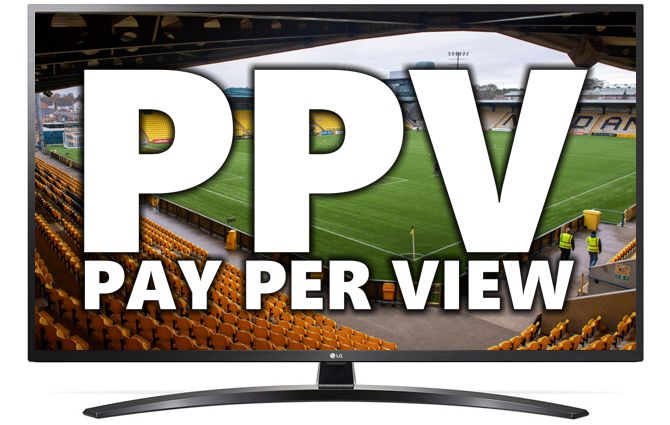Pay-per-view (PPV) has emerged as a transformative model in the entertainment industry, offering audiences the opportunity to access premium content on a per-event or per-program basis. This article delves into the evolution, mechanisms, and impact of PAY PER VIEW, examining how this model has reshaped the way we consume sports, movies, and exclusive live events.
I. Historical Evolution
The concept of pay-per-view traces its roots to the early days of cable television in the 1950s. Initially, PPV was primarily associated with the broadcast of closed-circuit events, such as championship boxing matches, where viewers paid a one-time fee to watch exclusive content. As technology advanced, PPV transitioned to cable and satellite platforms, expanding its reach and offering a broader range of programming.
II. Mechanisms of Pay-Per-View
A. Cable and Satellite PPV
Traditionally, cable and satellite providers have been instrumental in delivering pay-per-view content to households. Users interested in a specific event, such as a boxing match or a concert, would pay a one-time fee to access the content. This fee would then be billed to their cable or satellite account.
B. On-Demand Streaming PPV
With the rise of online streaming services, the pay-per-view model has evolved to include on-demand streaming. Users can now access exclusive content through platforms that offer a pay-per-view option. This may involve purchasing access to a single event, a movie, or a live performance for a specified period.
III. Diverse Content Offerings
A. Sports Events
One of the most prominent applications of pay-per-view is in the realm of sports. Major sporting events, including boxing matches, UFC fights, and championship games, often utilize the PPV model to generate revenue. Fans pay for access to these high-profile events, enjoying the convenience of watching from the comfort of their homes.
B. Movies and Special Events
The pay-per-view model extends beyond sports to encompass movies and special events. Exclusive film premieres, live concerts, and stand-up comedy performances are examples of content that may be offered through pay-per-view platforms. This allows producers and organizers to monetize their content directly, reaching a global audience.
C. Live Performances
Concerts, theater productions, and other live performances have embraced the pay-per-view model, especially in the digital age. Viewers can purchase virtual tickets to attend live-streamed performances, providing artists and organizers with an additional revenue stream while making cultural and entertainment experiences more accessible.
IV. Impact on the Entertainment Industry
A. Revenue Generation
Pay-per-view has become a significant revenue generator for content creators and distributors. By offering premium content directly to consumers, producers can bypass traditional distribution models and monetize their work more efficiently. This has proven especially valuable for niche markets and exclusive events.
B. Accessibility and Convenience
The pay-per-view model enhances accessibility and convenience for viewers. With the ability to watch premium content from the comfort of their homes or on-the-go through digital platforms, audiences enjoy a level of flexibility that was previously unavailable through traditional methods.
C. Challenges and Criticisms
Despite its benefits, the pay-per-view model is not without challenges. Some viewers find the pricing structure prohibitive, especially for highly anticipated events. Additionally, issues such as unauthorized streaming and illegal distribution pose challenges to content creators and distributors.
V. Future Trends
As technology continues to evolve, the future of pay-per-view may involve enhanced interactivity, virtual reality (VR) experiences, and personalized content offerings. Innovations in secure payment systems and digital rights management will likely play a crucial role in addressing challenges associated with piracy and unauthorized access.
Conclusion
Pay-per-view has evolved from its origins in closed-circuit broadcasts to become a versatile and lucrative model for delivering premium content. Whether it’s sports events, movies, or live performances, the PPV model has demonstrated its ability to provide revenue streams for content creators while offering viewers a convenient and flexible way to access exclusive experiences. As the entertainment industry embraces digital transformation, pay-per-view is poised to remain a dynamic and integral part of the evolving media landscape.










